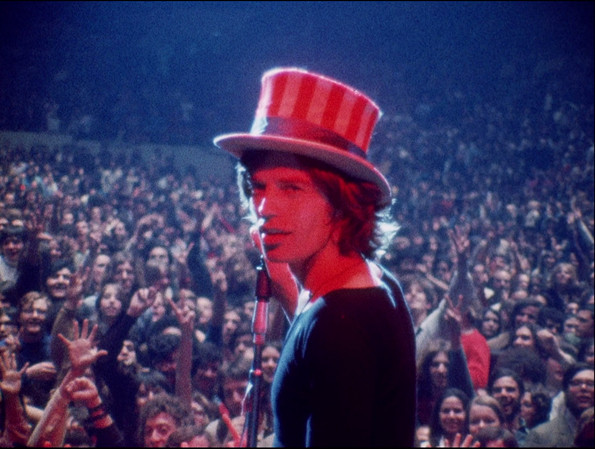
What makes a great concert film? The best concert films are the ones that successfully capture the essence of the musicians and events they’re meant to be showcasing. The earliest known feature length concert film dates back to 1948.
In the decades since the creation of the genre, influential film makers such as Jonathan Demme, Martin Scorsese, and D.A. Pennebaker have changed the way we view performance art. This list looks at the 10 most innovative, important, and impressive concert films ever made.
10. T.A.M.I. Show (1964)
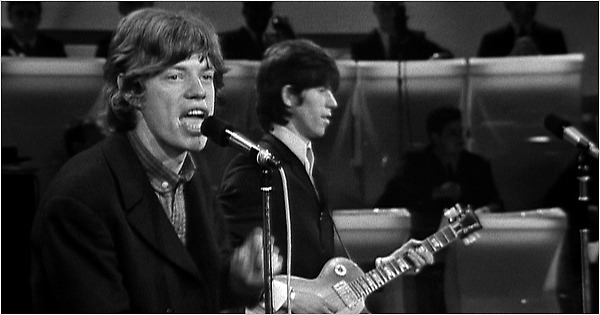
Often cited as the earliest example of a rock concert film, the T.A.M.I. Show features sensational live performances from some of the most influential artists of the 1960’s. Filmed over two nights in the Santa Monica Civic Auditorium by director Steve Binder and his crew, few concert films in the 54 years since its release have managed to capture the sense of pure excitement around a new cultural and musical movement.
In hindsight the lineup is barely believable. Local promoters managed to assemble an all-star bill including James Brown (who gives arguably his best performance ever caught on film), The Beach Boys (at the peak of their early popularity), The Rolling Stones (about to be blown into the stratosphere by a run of hit singles), Marvin Gaye, Chuck Berry, The Supremes, and Smokey Robinson.
As if the lineup wasn’t already impressive, the house band consisted of virtuoso musicians such as Leon Russel, Hal Blaine, and Glen Campbell who went on to join the iconic LA based session band known as The Wrecking Crew. The T.A.M.I. Show is a criminally underseen and completely unique concert film that could never be recreated, simply due to the amount of mind boggling talent on show.
9. Rattle and Hum (1988)
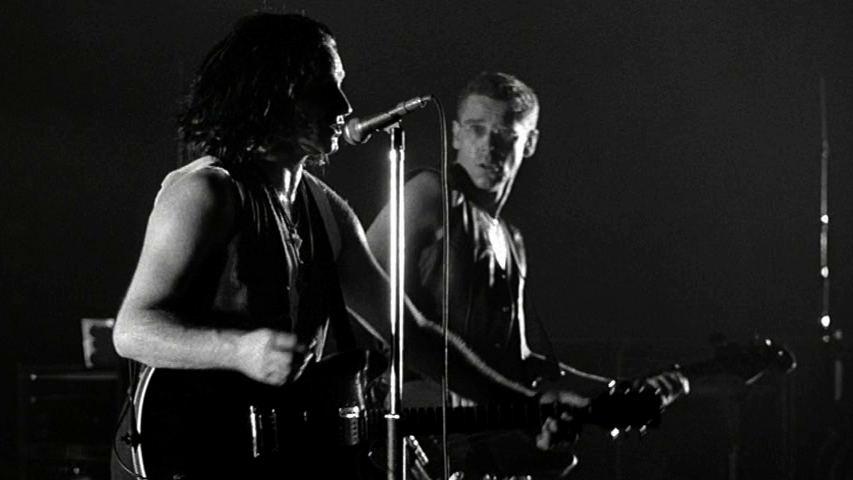
Looking to recreate the massive success of 1984s ‘Live at Red Rocks: Under A Blood Red Sky’, Irish rock band U2 enlisted American director Phil Joanou to document their 1988 world tour. What was initially meant to be an independent film financed by the band themselves soon became a worldwide release after Paramount Pictures bought and distributed the film.
Gorgeously shot in both black and white and colour, Rattle and Hum captures U2 at the peak of their powers as a live outfit. At the time of its release the film polarized critics. Some reviewers referred to it as pretentious, preachy, self-important and embarrassing. More enthusiastic critics hailed it as innovative, and as one of the best concert films ever.
Some of the original criticism is still justified. The off-stage documentary footage can be overly serious to the point of unintentional hilarity. The films strengths lie in the performances. On stage is where Bono and co shine brightest.
Renowned for being one of the best live bands in the world, U2 deliver stellar performance after stellar performance, including definitive versions of “Bullet the Blue Sky” and “All I Want Is You”. Bono’s undeniable charisma and versatility as a front man and vocalist is on full display here. Despite dividing critics, Rattle and Hum proved to be a fan favourite and the ultimate U2 concert film.
8. The Concert For Bangladesh (1972)
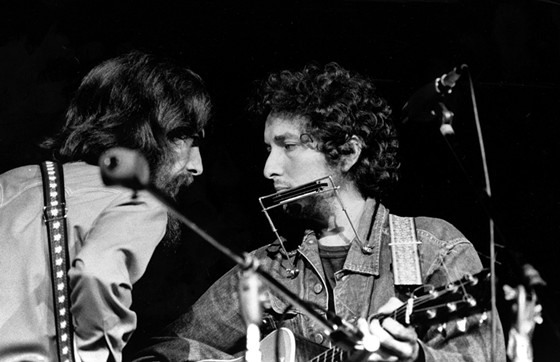
For better or for worse, George Harrison’s Concert For Bangladesh was probably the first celebrity benefit concert of its kind ever attempted. This should come as no surprise though. George Harrison had always been an innovator. In 1971 he was approached by Bengali musician Ravi Shankar, who wanted to raise and awareness and fund relief efforts for refugees from East Pakistan following the Bangladesh War of Independence.
Two concerts were held on 1st August 1971 at Madison Suare Garden with almost $250,000 being raised for Bangladesh relief.
Harrison managed to recruit an all-star band for the occasion. The film itself is solid. Bob Dylan’s four song set is a real highlight. Harrisons ‘Here Comes The Sun’ is perfect, while contributions from Eric Clapton, Billy Preston and Leon Russell round off a great show.
It might not have the same cinematic prowess as other concert films of its time, but it’s impossible to overstate how influential this film would become on the road towards Live Aid.
7. Shut Up and Play the Hits (2012)
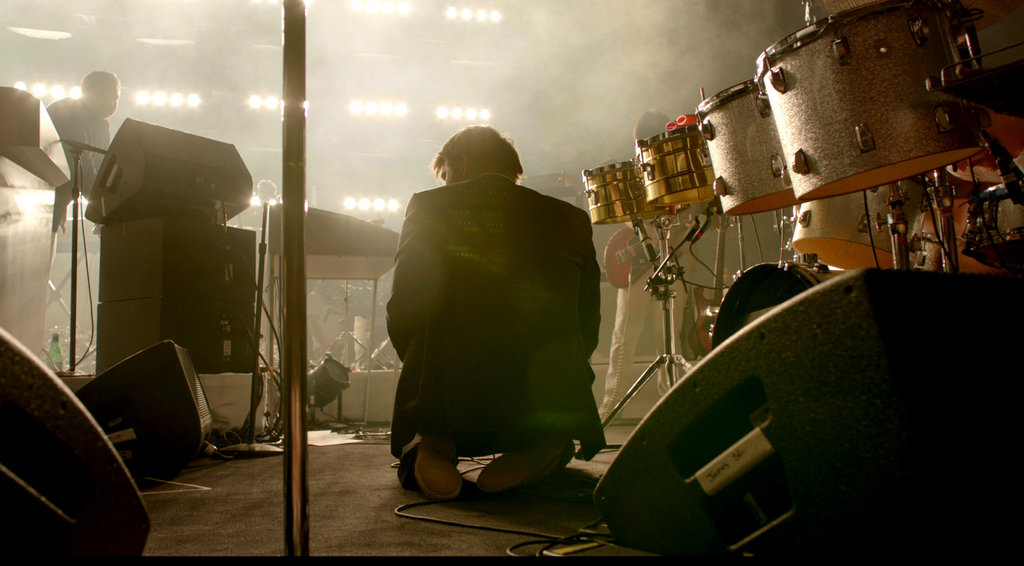
Directed by Will Southern and Dylan Lovelace, ‘Shut Up and Play the Hits’ documents LCD Soundsystem’s farewell gig (although they later reformed in 2015) in Madison Square Garden, New York. Front man James Murphy and his bandmates established themselves as one of the finest alternative outfits of its generation through the release of the three critically acclaimed LP’s ‘LCD Soundsystem’, ‘Sound of Silver’, and 2010’s ‘This is Happening’.
The performances are heartfelt and genuine. We’re treated to front row seats watching one of the most acclaimed bands of the century go through all the emotions that a farewell gig has to offer. It’s also one of the most beautifully shot concert films of recent years, worth watching alone for the sweeping aerial shot of Madison Square Garden while Murphy screams the refrain of ‘All My Friends’ as if tomorrow doesn’t exist.
Shut Up and Play The Hits represents everything that makes LCD Soundsystem a great contemporary band. It’s ambitious, bittersweet, addictive, often hilarious, and downright brilliant.
6. Monterey Pop (1968)
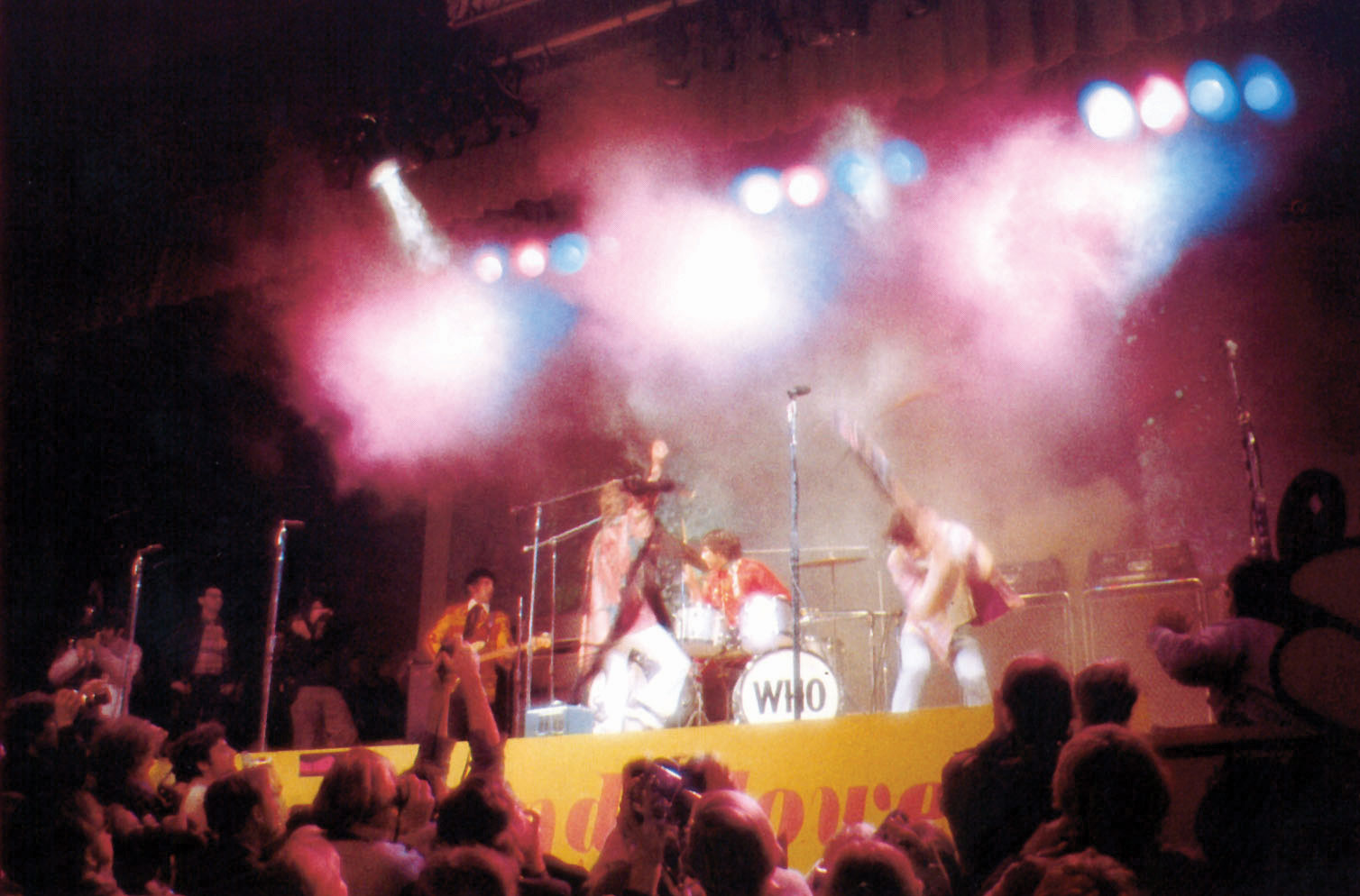
The summer of love has never looked or sounded better than in D.A Pennebakers great concert film. Monterey Pop deserves it’s place on this list for audio quality alone. Truly remarkable for it’s time. Pennebaker claims he recorded the audio on an 8-channel reel to reel recorder that he borrowed from The Beach Boys.
The Monterey Pop Festival took place over three days at the height of the summer of love in 1967. A star-studded lineup drew big crowds, who were not disappointed after career making performances from Janis Joplin, Otis Redding, and The Who. Jimi Hendrix also produced a performance for the ages, setting his guitar on fire and subsequently breaking it. Few concerts before Monterey Pop managed to bring together such an impressive variety of genres and sounds on one bill.
Undoubtedly one of the stand-out concert films of the sixties. Monterey Pop can be seen as both a successor to 1964’s T.A.M.I. Show, and as a precursor and creative template for Woodstock (1970).